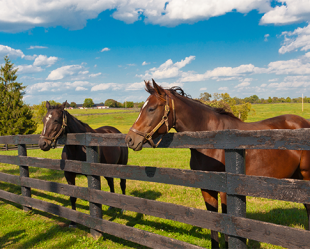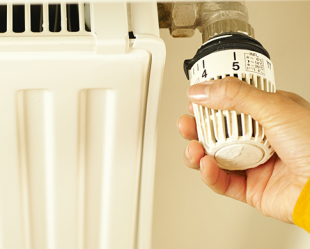I.S. 398-1:2013: Reactive pyrite in sub-floor hardcore material Part 1: Testing and Categorisation protocol, was revised by NSAI Technical Committee 58 SC1 and published in August of 2017.
It has been brought to NSAI’s attention that there is a lack of awareness among stakeholders and users of I.S 398-1 of the revisions made to the Standard in 2017.
One of the main revisions is the redefining of Building Categories A, B, C and D in terms of the extent of susceptibility to expansion of hardcore and the potential for future minor damage from pyritic heave. In particular Building Category B, for hardcore classified by the Professional Geologist/Chartered Geotechnical Engineer as low susceptibility to expansion – potential for future minor damage, it is not envisaged that the hardcore in buildings assigned Category B would need to be replaced.
Notes have been added to the Building Certificate to provide clarification for users on the definitions of Building Categories B and C. These clarifications to the Certificate have been approved by the NSAI TC 58 SC1.
This Certificate of Building Categorisation is available for use by downloading it here.
The full list of revisions made to I.S. 398-1 as detailed in the Foreword of the Standard are listed below:
Since the publication of I.S. 398-1 in 2013, the knowledge and experience gained through the application of this Standard and the evaluation by NSAI Technical Committee 58, "Reactive Pyrite", of public comments received on this revised document, the following major revisions have been made to the Standard:
- Building categories A, B, C, and D have been redefined in terms of the extent of susceptibility to expansion of the hardcore (previously, the magnitude of expansion of the hardcore) and the potential of future damage to the building from pyritic heave. References to “red”, “amber” and “green” as originally referred to in the Report of the Pyrite Panel (2012) (See Annex G) have been removed.
- Where possible, definitive conclusions are provided in terms of confirming if the hardcore has a negligible risk of causing pyritic damage to the building in the future (Category A), that it will only incur minor damage to the building in the future (Category B), or that it has already caused significant pyritic damage or progressive damage to the building (Category D).
- The potential future damage of buildings assigned Category B, which were previously “amber”, is now deemed limited to minor damage and minor damage is now defined as damage easily treated using periodic repairs e.g. cracks easily filled, repointing of external masonry etc.
- With a "minor damage" designation, it is not envisaged that the hardcore in buildings assigned Category B would need to be replaced, however such definitive outcomes are still not possible for buildings assigned Category C, due to a number of inconsistencies or variability in hardcore material, see clause 3 NOTE:
- In terms of susceptibility of the hardcore to expansion, the classification designations of the hardcore samples are revised as follows:
|
I.S. 389-1:2013 classifications |
I.S. 398-1:2017 classifications |
|
Pass – not susceptible to expansion |
Negligible susceptibility to expansion (pass) |
|
Inconclusive – susceptible to limited expansion |
Low susceptibility to expansion |
|
Medium susceptibility to expansion |
|
|
Fail – susceptible to significant expansion |
Significant susceptibility to expansion (fail) |
As a result of these changes, the term "Inconclusive" is no longer applicable to the classification of the hardcore, see 8.3.1.
- The size requirement of the sampling hole through the concrete floor has been increased from four to six intersecting 200 mm diameter core holes to facilitate penetration of the full-depth of the hardcore to natural ground, see 6.2 and Figure 2.
- The laboratory Test Suites 1 and 2 for analysing the sample of hardcore have been amalgamated as Test Suite 1. Particle Size Distribution (PSD) has been added, geological inspection (retitled simplified petrographic description) and chemical testing have been removed from Test Suite 1 (since they are performed under Test Suite 0), see Figure 1. There is now an option for the Professional Geologist/Chartered Geotechnical Engineer to assess and direct the need for additional testing, after completion of Test Suit 0 and Test Suite 1 to aid classification of the hardcore in terms of future risk of pyrite-induced expansion,7.4.3. The criteria for interpretation of the hardcore test results have been revised, see7.4.
- A new informative annex, Annex I, has been added as guidance for the Professional Geologist/Chartered Geotechnical Engineer for interpretation of the chemical and petrological results to assist with classification of the hardcore sample.
- The criteria for the evaluation of visual damage assessment have been revised, in 0. As a result, there is an increase in the number and type of attributes evaluated for damage during the assessment to provide more comprehensive and reliable criteria for assessing pyrite-induced damage in buildings.
- The Certificate of building categorisation for reactive pyrite in sub-floor hardcore material (Annex F) has been revised to include a signature of the Professional Geologist/Chartered Geotechnical Engineer and to take into account other relevant revisions made to the document.



